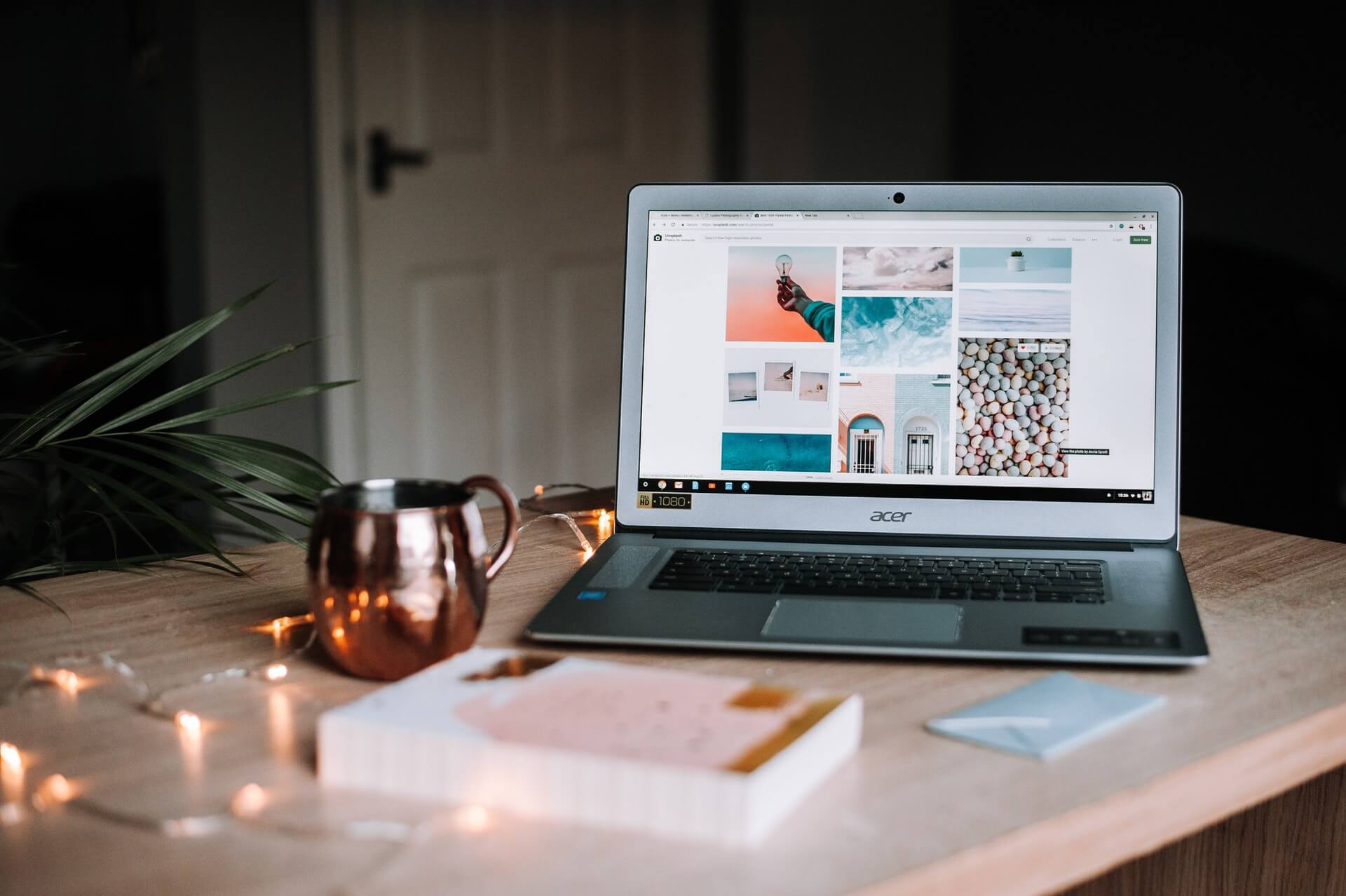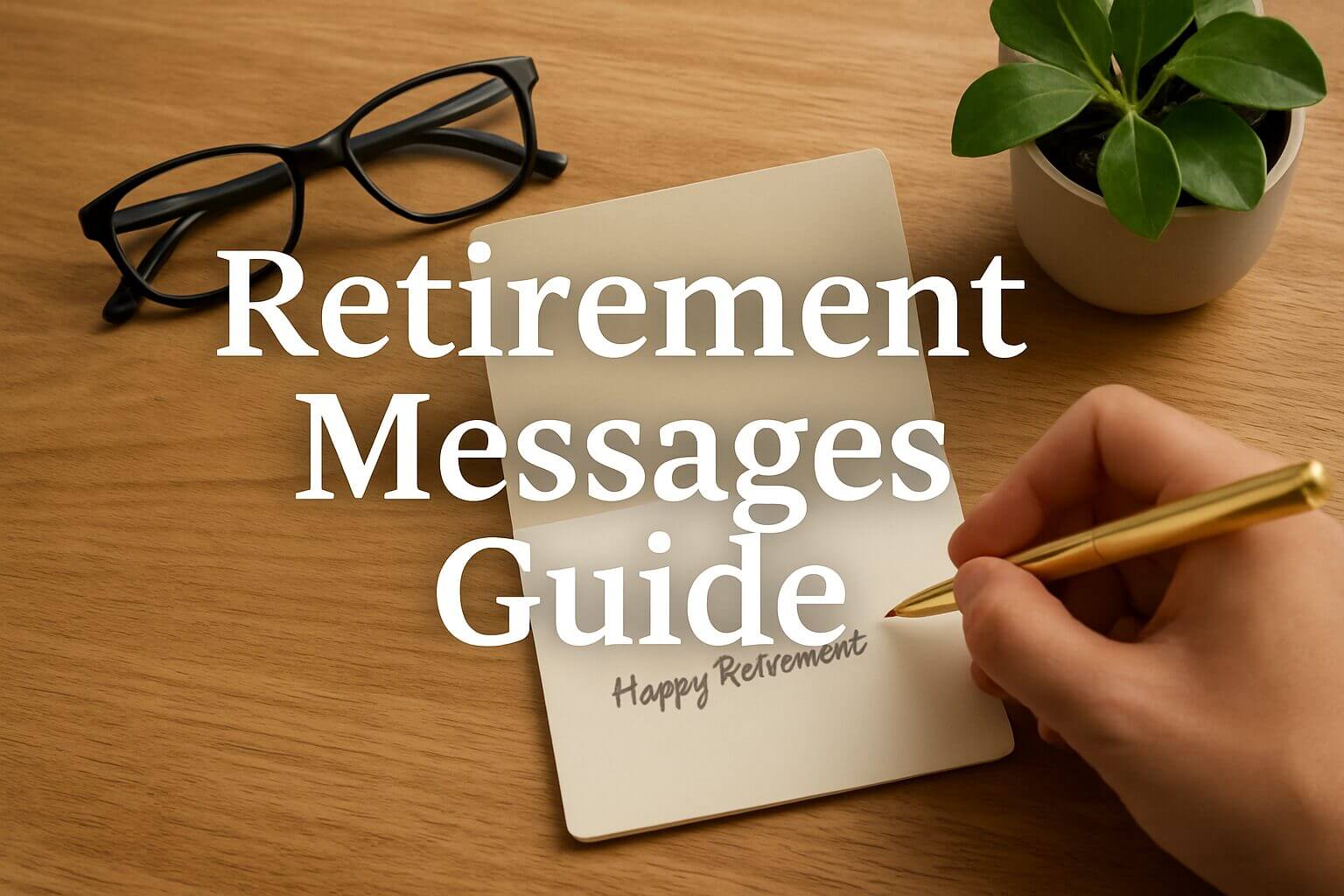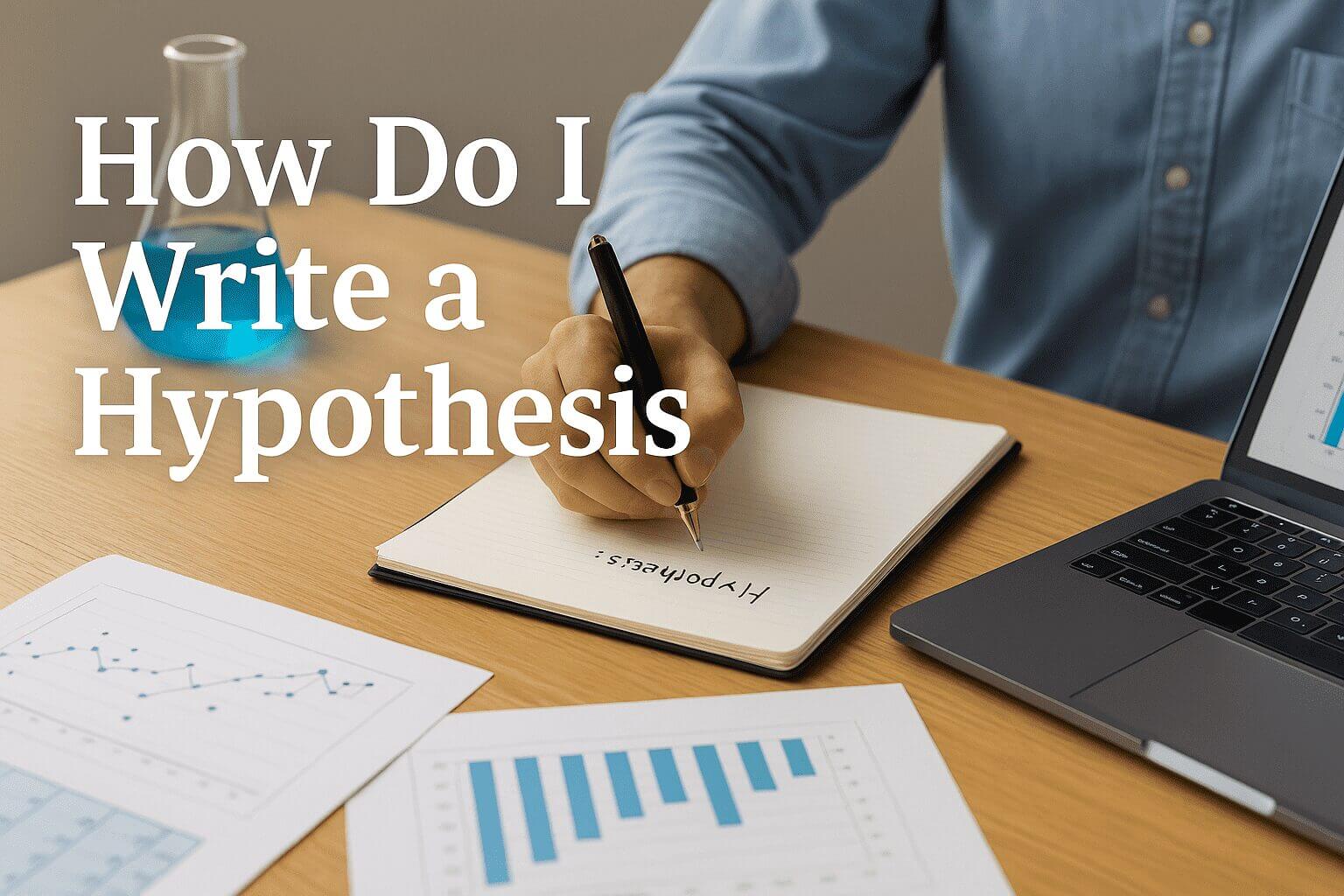Understanding how to legally use images, videos, and where to find free blog images. Read more in Copyright free images.
As laws can change frequently and vary from country to country. However, generally speaking, you are allowed to use photos on your blog provided that you have the proper licenses and permissions. Here are a few tips that may help:
- Check your copyright – Before you use any photos on your blog, make sure that you have the proper copyright and license agreements in place. This will help protect your intellectual property and ensure that you are not infringing on someone’s rights.
- Get permission – If you do not have the copyright or license agreement in place, you may need to get permission from the photo owner in order to use the photo. This may involve sending an email or contacting them through social media.
- Use Creative Commons licenses – Some photos on the internet are available under Creative Commons licenses which allow for a variety of uses without needing to get permission from the photo owner. This is a great way to allow people to use your photos without having to worry about copyright issues.
- Use keywords – When including photos on your blog, be sure to include keywords in order to improve visibility and traffic. This will help you reach a wider audience who is interested in your topic area.
There are a few ways to use pictures on your blog legally. The first is to take your own photos and use them on your blog. This is called “fair use” and as long as you are not selling the photos, you should be fine.
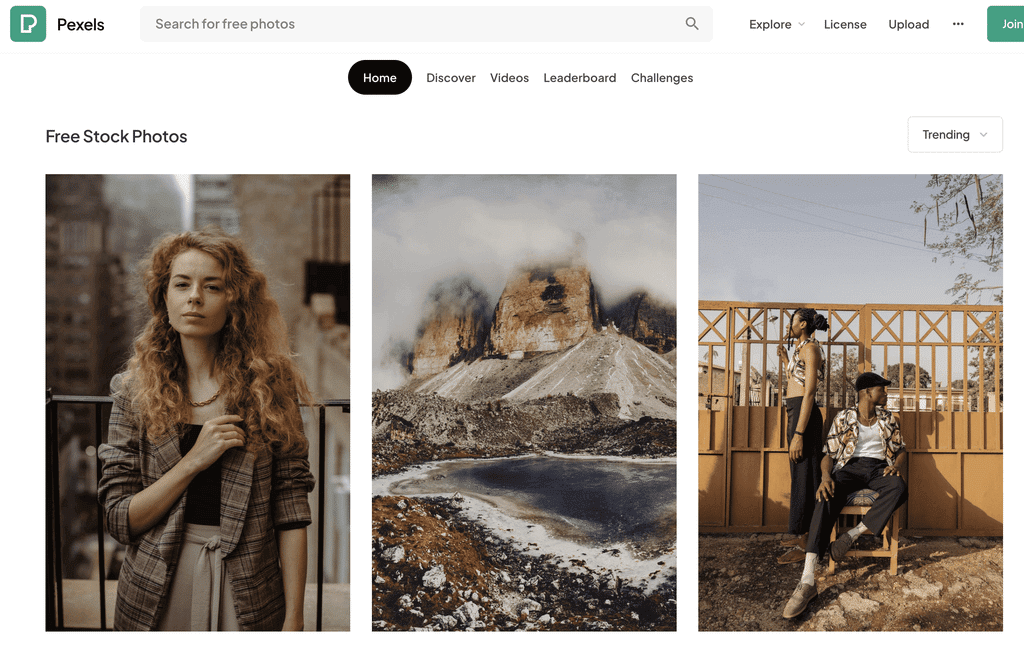
Another way to use pictures legally is to find free stock photos online. These are usually available under a Creative Commons license, which means you can use them for free as long as you give credit to the photographer like Unsplash and Pexels – royalty free stock photo site, where you can find free high-resolution photos without copyright restrictions.
Finally, you can purchase stock photos from sites like iStockphoto or Shutterstock. These will cost you money, but you will have the peace of mind knowing that you are using the photos legally.
If you want to use images or graphics in your blog posts, there are a few things you need to keep in mind in order to stay within the law.
First, make sure that you have a license to use the images you select. If you don’t, you could be violating copyright law.
Second, when using images in your blog, be sure to attribute them properly. This means including the creator of the image and linking back to the original source, if possible.
Finally, avoid using images that are too similar to others that already exist on the web or in search engines. If you do use such images, be prepared to face legal action.
There are different types of image licenses, including copyright, creative commons license, and other terms and conditions. The owner of the image has the right to use the image, but others may need a license to use an image. Creative commons licenses allow for different types of use, depending on the type of image.
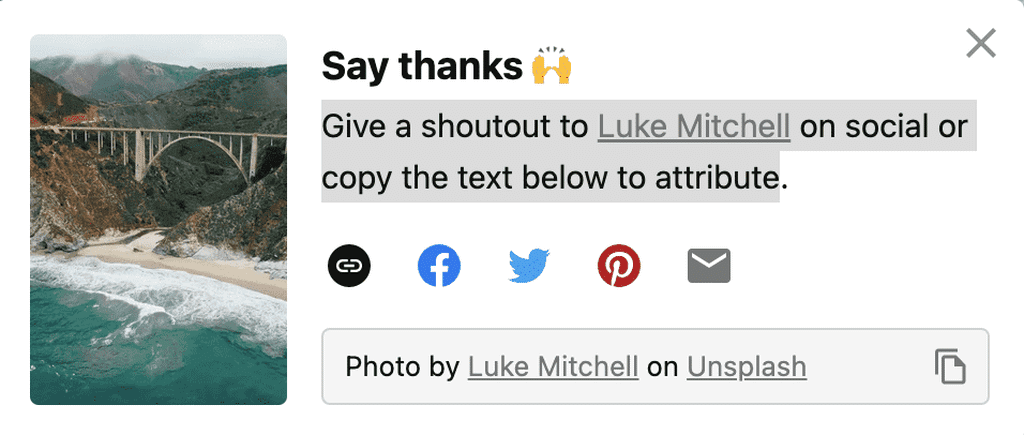
There are quite a few different types of image licenses, but the most common ones include Usage Rights (copyright) and License Agreements.
A usage right allows you to use an image for your personal or commercial purposes without having to get permission from the copyright holder. A license agreement is similar to a usage rights, but it also includes specific terms and conditions that have to be followed in order for the image to be used.
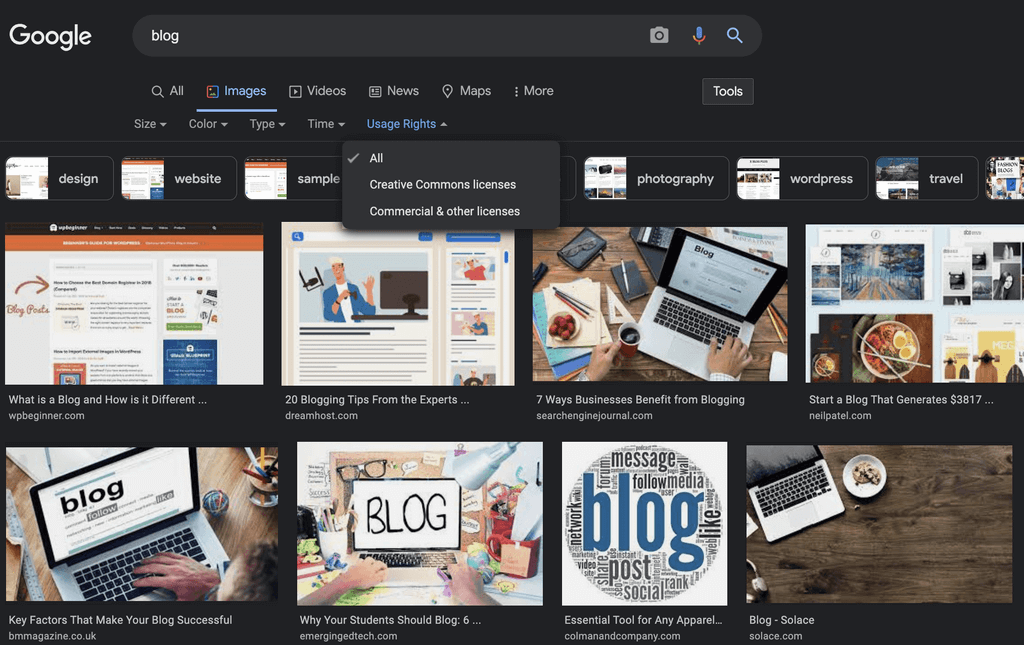
Some other commonly used licenses include Creative Commons Attribution-NonCommercial 2.0 Generic (CC BY NC 2), which allowsusers to share images with attribution but does not allow for any derivative works, and CC Zero 1.0 Universalwhich permits users limited uses without attributions or modifications. It’s importantto read the terms of these licenses before using an image so that there are no misunderstandings later on down the track!
Copyright is a type of intellectual property that gives creators the exclusive right to use and distribute their work. This means that others cannot use or distribute the work without the creator’s permission.
However, there are some exceptions to this rule. One exception is called “fair use.” Fair use allows people to use copyrighted material without permission in certain circumstances, such as for criticism, commentary, news reporting, teaching, or research.
Whether or not something is considered fair use depends on several factors, including how the material is being used and how much of it is being used. For example, using a small amount of an image for the purpose of criticism is more likely to be considered fair use than using the entire image for commercial purposes.
If you’re unsure whether your use of an image falls under fair use, it’s always best to get permission from the copyright holder before using it.
Copyright is a form of protection provided to the authors of original works, including literary, dramatic, musical, artistic, and certain other intellectual works.
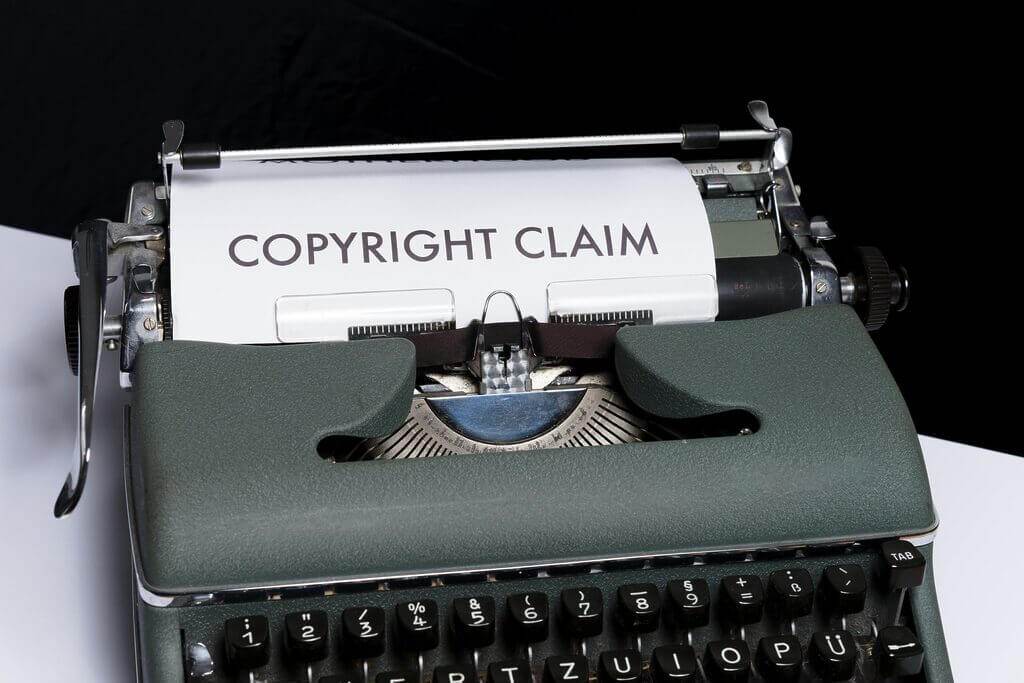
This protection is available to both published and unpublished works. Copyright does not cover ideas, systems, or methods of doing something. Nor does copyright protect any fact, theory, or discovery.
If you use copyrighted images without permission, you may be violating copyright law. The owner of the image may be able to take legal action against you.
Additionally, your image may be removed from a search engine or image search if it is determined to be in violation of copyright law.
If your image is determined to be in violation of copyright law, it may be removed from a search engine or image search.
Using copyrighted images without permission can result in copyright infringement and penalties. Copyright law protects original works of authorship, such as paintings, sculptures, poems, articles, etc., from being used without their consent.
This means that anyone who uses the copyrighted material without obtaining written authorization from the author is breaking the law and potentially liable for damages.
If you are found to be infringing on someone’s copyright rights, there could be serious consequences including financial compensation sought by the claimant or court orders mandating changes to your website or business practices. In some cases criminal charges may also be filed.
Therefore it is important to use caution when using any images that are not yours alone and make sure to get appropriate permissions before doing so. It might seem like a small thing but violating copyright laws can have big repercussions – don’t risk it!
Creative Commons is a nonprofit organization that provides free licenses for creators to use when they want to make their work available for others to use. These licenses allow creators to give permission for their work to be used in certain ways, while still retaining their copyright.
For example, a creator could give permission for their work to be used commercially, or allow others to use it as long as they give credit. Creative Commons licenses are not the same as public domain, which means that the work is not owned by anyone and can be used by anyone for any purpose.
The size of blog images can vary, but they should generally be large enough to be easily seen and read. Images that are too small may be difficult to see, and those that are too large may take up too much space on the page.
The ideal size for a featured image is 1200 x 630 pixels.
When it comes to blog images, size does matter. You want your photos to be large enough so that they are easy to see, but not so large that they take up too much space or slow down page loading times.
A good rule of thumb is to image sizes should be no smaller than 500 pixels wide by 1,000 pixels high. If the photo is larger than this dimension, you can try cropping it down into a more manageable size before uploading it.
Additionally, make sure your images are quality-controlled before hitting publish! Poorly executed photography can ruin an otherwise great blog post and potentially damage your reputation as a credible source of information. So get those camera skills together and start capturing some stunning content!
If you want to use someone else’s stuff, you need to get their permission first. You can do this by asking them directly or by looking for a license that will allow you to use the material. If you can’t find a license, you may be able to get permission by contacting the copyright holder.
When you want to use someone else’s copyrighted work, you need their permission. This can be a little complicated, but there are some basic steps that you need to take in order to get it.
The first thing that you should do is contact the person who owns the copyright (the author or creator) and explain why you think your use of their work would not violate their rights. You may also want to provide them with information about the piece that you plan on using and any references that will help prove your case.
If the copyright holder agrees to allow your use, then they will usually offer guidance on how to go about obtaining proper permissions from other stakeholders such as photographers, graphic designers, and musicians.
And finally, make sure to comply with all applicable legal requirements when carrying out your project so as not TO infringe upon anyone’s Intellectual Property Rights!
Yes, you can use pictures of celebrities on your blog. However, you should be aware of the potential legal implications. If you use a picture of a celebrity without their permission, they could sue you for copyright infringement.
Additionally, if you use a picture of a celebrity in a way that implies endorsement or sponsorship without their permission, you could also be sued for defamation.
Therefore, it is always best to get permission from the celebrity before using their image on your blog.
The best practices for using pictures on your blog will vary depending on your industry, blog niche, and legal requirements in your region.
According to the US Copyright Law, you can use photos and images on your blog without obtaining any permission as long as the photos are not being used for commercial purposes. However, you must always attribute the creator of the photo, with a link to their website, when you use their images.
That being said, here are a few general tips to get you started:
- Make sure all of the photos you use on your blog are licensed and royalty-free. This is important not only for compliance with copyright law, but also to maintain a positive image for your business.
- Try to use high-quality photos that will look good on both desktop and mobile devices.
- Be sure to include a link to the source photo file(s) in each photo caption or post footer. This will help readers easily find the source material if they need it for copyright or licensing purposes.
- Always remember to credit the photographer(s) when using their photos – this will help them receive credit and royalties for their work, which is always a good thing!

